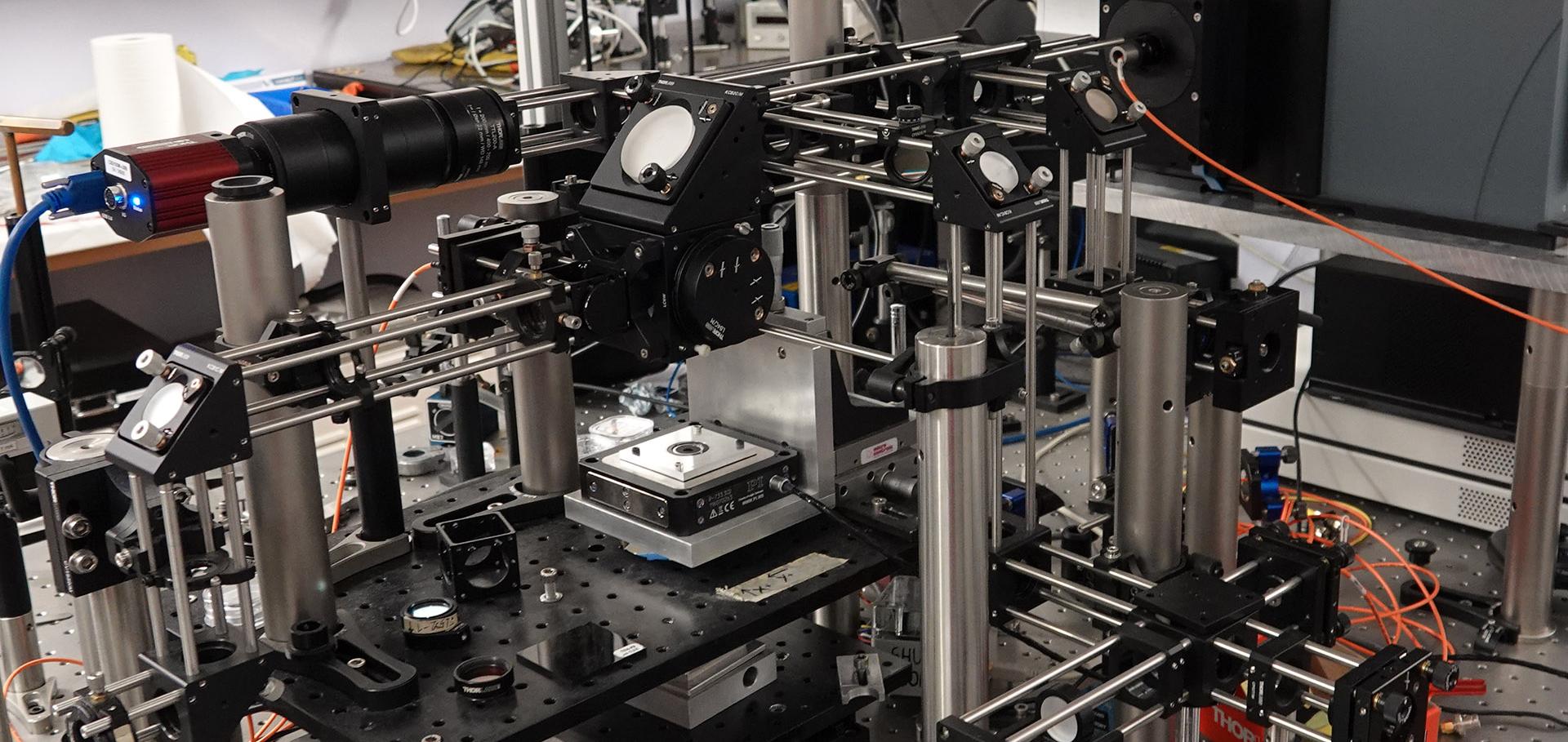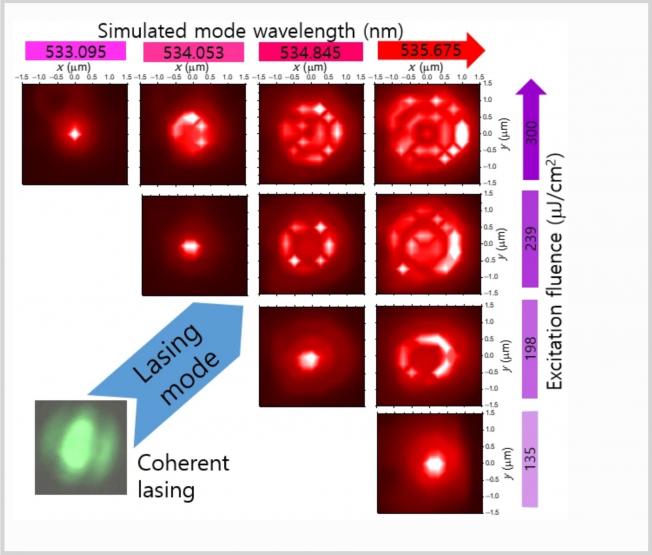Roughness analysis of GaN surfaces at different annealing temperatures for an AIN buffer layer
Journal of the Korean Physical Society 51:1 (2007) 209-213
Abstract:
The surface morphologies of AlN and GaN on Si(111) and Si(100) were studied using atomic force microscopy. The AlN buffer layer was deposited using RF sputtering for 30 minutes on Si(111) and Si(100) substrates, and then the specimens were annealed at 850 °C, 950 °C and 1050 °C for 60 minutes in an NH3 atmosphere. It was found that the grains of AlN became larger by increasing the annealing temperature. GaN was grown on AlN/Si(111) and AlN/Si(100) substrates by using a hydride vapor phase epitaxy technique. The surface of GaN grown on the AlN/Si substrate showed thick- thread and fine-thread patterns. The microstructure of GaN grown on the buffer-GaN/Al 2O3 had a step-flow pattern. These phenomena could be explained by a lattice mismatch and the growth temperature. A power spectral density analysis was performed on the GaN surfaces and the results were compared with the experimental data.Band Structure Changes in Carbon Nanotubes Caused By MnTe2 Crystal Encapsulation
AIP Conference Proceedings AIP 893 (2007) 1047-1048
Band Structure Changes in carbon nanotubes caused by MnTe crystal encapsulation
AIP conference Proceedings 893 (2007) 1047
Cavity-enhanced blue single-photon emission from a single InGaN/GaN quantum dot
APPLIED PHYSICS LETTERS 91:5 (2007) ARTN 052101
Characterization of Tunneling and Free-Carrier Screening in Coupled Asymmetric GaN/AlGaN Quantum Discs
AIP Conference Proceedings AIP 893 (2007) 1003-1004



